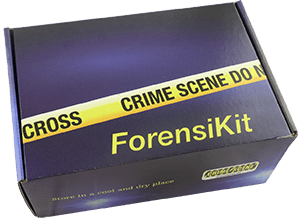The lab provided preliminary comparisons of search evidence with evidence from the crime scene.
Subscribe to read more. (Be a Detective for 1 Year, Use your Case Credits to get 30 days as a Detective., One Year Classroom Subscription, 90-day Classroom Subscription)Useful Links
Login
Contact
Crime Scene
3602 N 16th St
Phoenix, AZ 85016
Voice (623) 565-8573
Fax (602)-274-7280
For Crime Scene Store inquiries: store@crimescene.com
For technical assistance: support@crimescene.com

